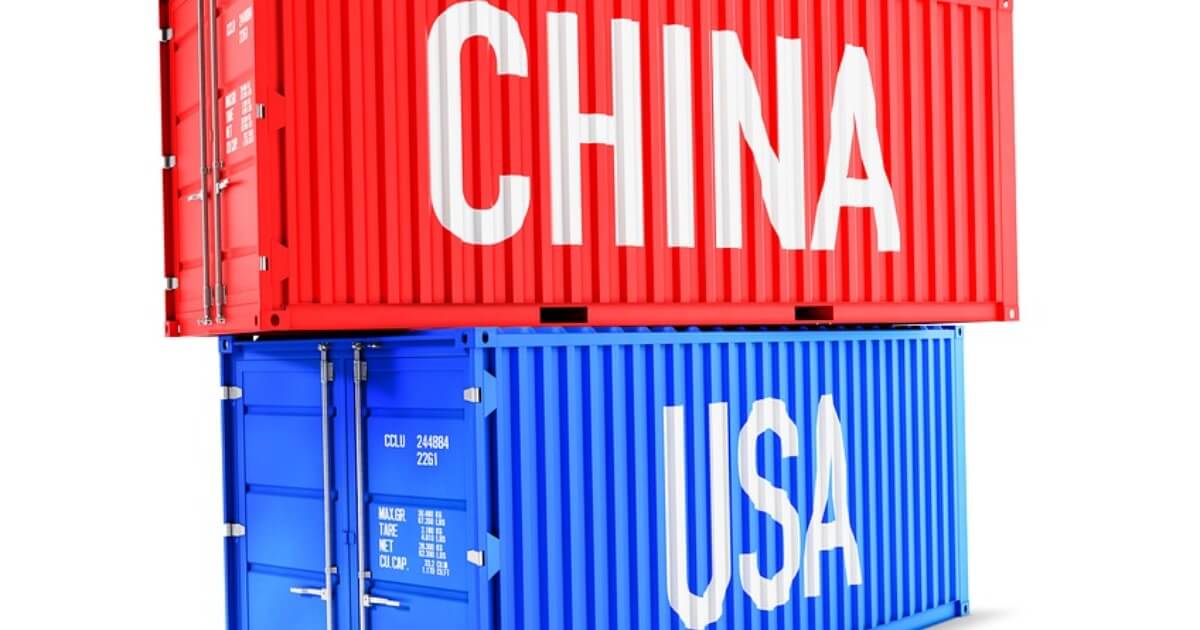Stephan Richter on NPR: Why Trump’s Trade Policies May Resurrect COMECON
Trump’s trade policy is back to the past — almost Old Testament. It’s called the COMECON. A conversation with Marketplace Morning Report’s David Brancaccio.
March 24, 2018

David Brancaccio
When the White House hit China with as much as $60 billion in trade sanctions, at the same time the United States said the recent steel and aluminum tariffs will not apply to some allies – including the European Union and Brazil.
Securing ad hoc custom deals on trade has a retro, Cold-War feel to some. In Berlin, Stephan Richter is editor-in-chief of the online publication The Globalist. He has a reminder that something called COMECON was more than just a comic book trade show. Hi Stephan.
Stephan Richter:
Hi David.
David Brancaccio:
You think there is a kind of “Back to the Future” aspect to Trump’s trade policy?
Stephan Richter:
Well, it’s back to the past, of course. Few people will remember the COMECON, but it was a very powerful economic organization that the Soviet Union which set it up. In the so-called Council for Mutual Economic Assistance, the Soviets called all the shots on all the product flows. Everything was bilateral between the Socialist world’s trading partners.
If you were, say, Cuba, you were told to deliver 90% of your grapefruit production to Moscow, and for that you got maybe some trucks out of East German production.
But we know that the Soviet Union collapsed, and one big part was that it was never productive in terms of export goods. It’s really not a concept one should resort to. However, Donald Trump seems to be hell-bent on going there and that’s a worry for people all over the world.
David Brancaccio:
Alright, but the Europeans, Canadians and others are not vassal countries of the United States. There has to be some level of two-way street, an actual negotiation.
Stephan Richter:
Correct. And the big hope right now is that, with regard to China, the Trump administration will find smart ways to tell the Chinese that we live in a global market and they need to keep up their side of the bargain. Then, the trade picture could all of a sudden turn into a big hooray for Donald Trump.
David Brancaccio:
Stephan Richter, editor-in-chief of The Globalist. He’s in Berlin. Stephan — always good to talk to you.
Editor’s note: For a fuller analysis of how Trump embraces the Soviet Union’s COMECON trade strategy, read Stephan Richter’s March 12 article How Trump’s Trade Policy Resurrects COMECON, U.S.-Style
Editor’s note: This interview was conducted by David Brancaccio, the host of the Marketplace Morning Report, with The Globalist’s Stephan Richter. It was broadcast on National Public Radio all across the United States on March 24, 2018. To view this feature on the Marketplace website and listen to the 2:06 minute audio of the interview, click here.
Takeaways
Trump's trade policy is back to the past -- almost Old Testament. It’s called the COMECON.
COMECON was where the Soviets called all the shots on all the product flows, everything was bilateral.
A reason the Soviet Union collapsed was it was never productive in terms of export of goods. Unfortunately, Donald Trump seems to be hell-bent on going there.
